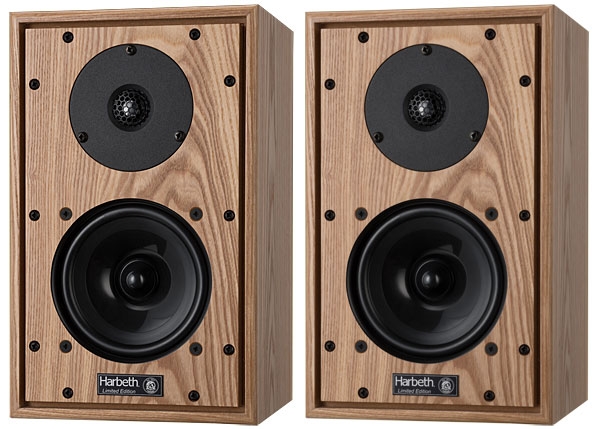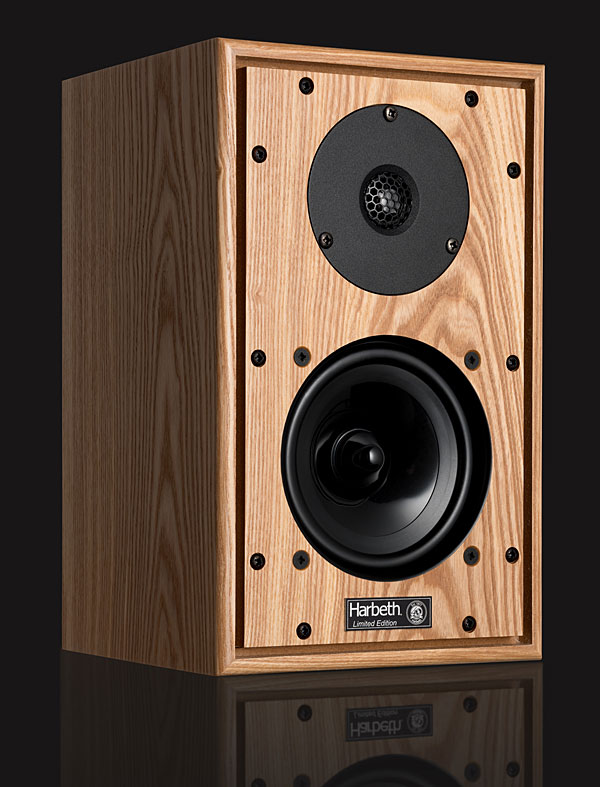| Columns Retired Columns & Blogs |
... Tim de Paravicini has been using stacked pairs of Falcon LS3/5a speakers (with the second speakers set upside down on top the first ones) to demo his products.
If HR still has both pairs of Harbeth P3ESR speakers on hand, perhaps he could give such an arrangement a try - possibly as a solution to the "choking" phenomenon that was mentioned.









































